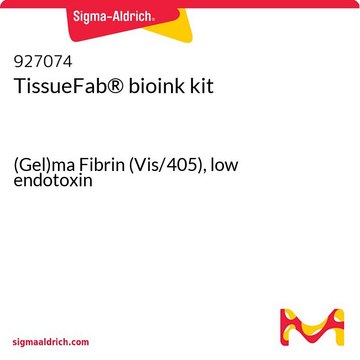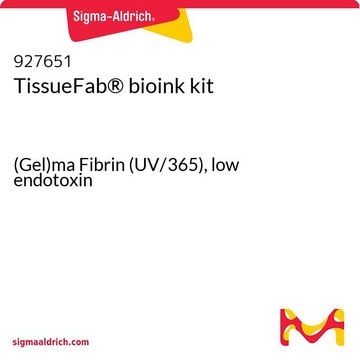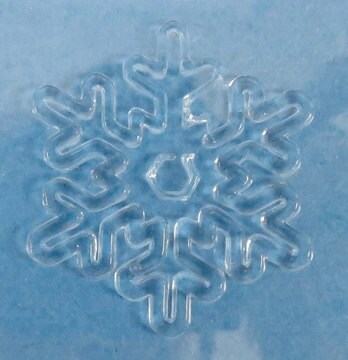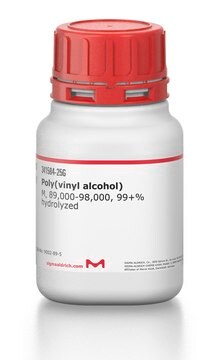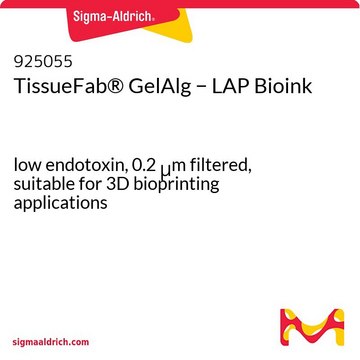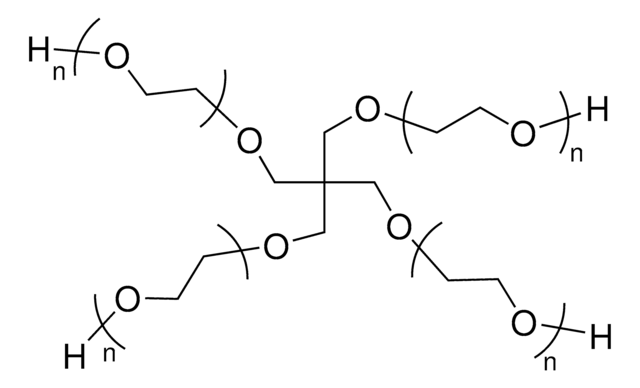927066
TissueFab® bioink kit
Fibronectin-UV/365nm
동의어(들):
3D Bioprinting, Bioink, Fibronectin, GelMA, GelMA-UV fibronectin kit, Gelatin methacrylamide, Gelatin methacrylate, Gelatin methacryloyl, Low endotoxin, Suitable for 3D bioprinting applications, TissueFab
로그인조직 및 계약 가격 보기
모든 사진(1)
About This Item
UNSPSC 코드:
12352201
NACRES:
NA.25
추천 제품
일반 설명
Gelatin methacryloyl (GelMA) is a polymerizable hydrogel material derived from natural extracellular matrix (ECM) components. Due to its low cost, abundance, and retention of natural cell binding motifs, gelatin has become a highly sought material for tissue engineering applications. Laminin is an extracellular matrix multidomain trimeric glycoprotein and is the main non-collagenous component of basal lamina that supports adhesion, proliferation and differentiation. Fibronectin is a multifunctional glycoprotein which exists as two major isoforms, one soluble and one insoluble form. The former is present in plasma, whereas the insoluble form resides in tissues and extracellular matrix (ECM) of cartilage. Fibronectin is known to contain integrin binding sequences which facilitate cell-matrix interactions. Fibronectin plays an essential role in multiple biological functions such as, angiogenesis, cell migration and differentiation and wound healing.
애플리케이션
The addition of photocrosslinkable methacrylamide functional groups in GelMA allows the synthesis of biocompatible, biodegradable, and non-immunogenic hydrogels that are stable in biologically relevant conditions and promote cell adhesion, spreading, and proliferation Gelatin methacrylate based bioinks have been used to bioprint osteogenic , chondrogenic , hepatic , adipogenic , vasculogenic , epithelial , endothelial , cardiac valve , skin , tumor and other tissues and constructs. Fibronectin has been used in tissue engineering applications for wound healing and angiogenesis , bone repair and studying mechanotransduction.
TissueFab® - GelMA Fibronectin bioink kit UV/365 features a ready-to-use bioink that is formulated for high cell viability, and printability and is designed for extrusion-based 3D bioprinting and subsequent 365 nm light crosslinking and a solution of Fibronectin to enhance the bioink. The bioink kit can be used with most extrusion-based bioprinters, are biodegradable, and are compatible with human dermal fibroblasts (HDFs) and other diverse cell types. TissueFab® - GelMA Fibronectin bioink kit UV/365 enables the precise fabrication of 3D cell models and tissue constructs for research in 3D cell biology, tissue engineering, in vitro tissue models, and regenerative medicine. Suitable for final Fibronectin concentrations up to 200 μg/ml.
특징 및 장점
In addition to fast gelation, the methacrylamide functional group can also be used to control the hydrogel physical parameters such as pore size, degradation rate, and swell ratio. Temporal and spatial control of the crosslinking reaction can be obtained by adjusting the degree of functionalization and polymerization conditions, allowing for the fabrication of hydrogels with unique patterns, 3D structures, and morphologies.Low Endotoxin, low bioburden: Endotoxins have been demonstrated negatively impact cellular growth, morphology, differentiation, inflammation and protein expression. Bioburden is defined as the number of contaminated organisms found in a given amount of material. We test each lot for endotoxins as well as total bioburden (aerobic and fungal) to minimize unwanted interactions. For more information: https://www.sigmaaldrich.com/US/en/technical-documents/technical-article/microbiological-testing/pyrogen-testing/what-is-endotoxin
법적 정보
TISSUEFAB is a registered trademark of Merck KGaA, Darmstadt, Germany
Storage Class Code
10 - Combustible liquids
가장 최신 버전 중 하나를 선택하세요:
Stephanie K Seidlits et al.
Acta biomaterialia, 7(6), 2401-2409 (2011-03-29)
Biomaterials that actively promote both wound healing and angiogenesis are of critical importance for many biomedical applications, including tissue engineering. In particular, hyaluronic acid (HA) is an important player that has multiple roles throughout the angiogenic process in the body.
Y Shi et al.
Biomedical materials (Bristol, England), 13(3), 035008-035008 (2018-01-09)
Three-dimensional bioprinting is an emerging technology for fabricating living 3D constructs, and it has shown great promise in tissue engineering. Bioinks are scaffold materials mixed with cells used by 3D bioprinting to form a required cell-laden structure. In this paper
Wanjun Liu et al.
Advanced healthcare materials, 6(12) (2017-05-04)
Bioprinting is an emerging technique for the fabrication of 3D cell-laden constructs. However, the progress for generating a 3D complex physiological microenvironment has been hampered by a lack of advanced cell-responsive bioinks that enable bioprinting with high structural fidelity, particularly
B Duan et al.
Acta biomaterialia, 10(5), 1836-1846 (2013-12-18)
Tissue engineering has great potential to provide a functional de novo living valve replacement, capable of integration with host tissue and growth. Among various valve conduit fabrication techniques, three-dimensional (3-D) bioprinting enables deposition of cells and hydrogels into 3-D constructs
Methacrylated gelatin and mature adipocytes are promising components for adipose tissue engineering.
Birgit Huber et al.
Journal of biomaterials applications, 30(6), 699-710 (2015-05-29)
In vitro engineering of autologous fatty tissue constructs is still a major challenge for the treatment of congenital deformities, tumor resections or high-graded burns. In this study, we evaluated the suitability of photo-crosslinkable methacrylated gelatin (GM) and mature adipocytes as components
자사의 과학자팀은 생명 과학, 재료 과학, 화학 합성, 크로마토그래피, 분석 및 기타 많은 영역을 포함한 모든 과학 분야에 경험이 있습니다..
고객지원팀으로 연락바랍니다.